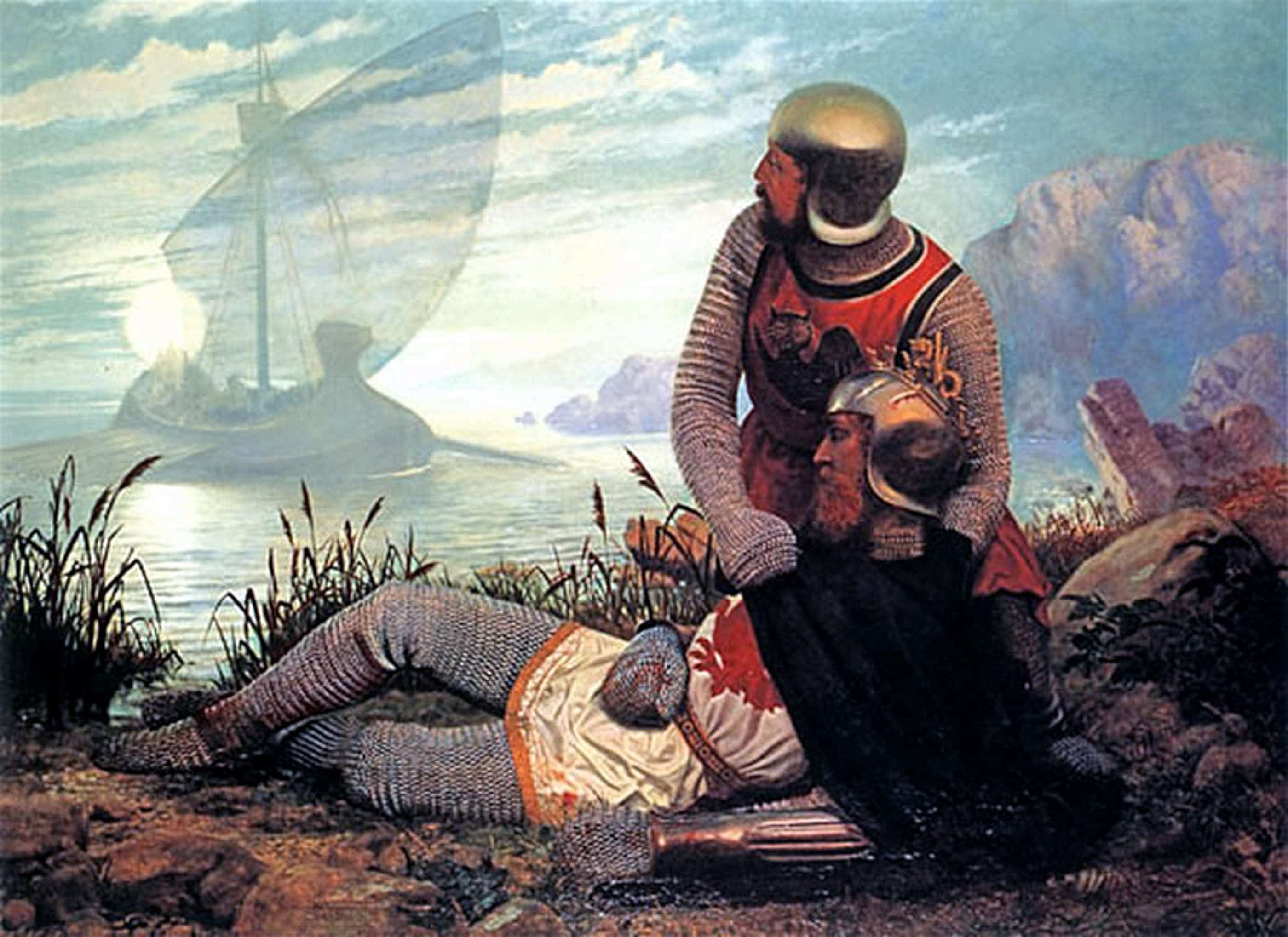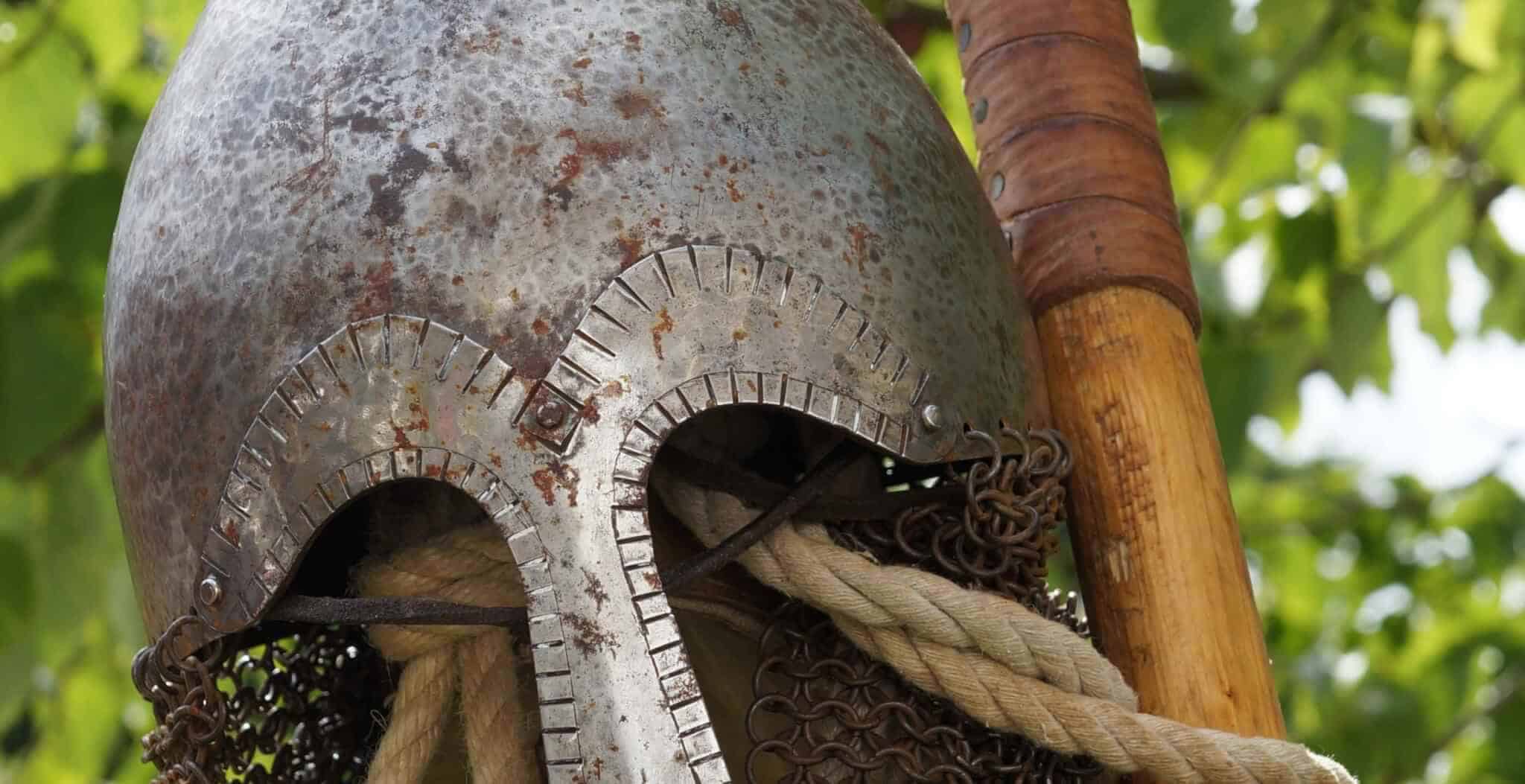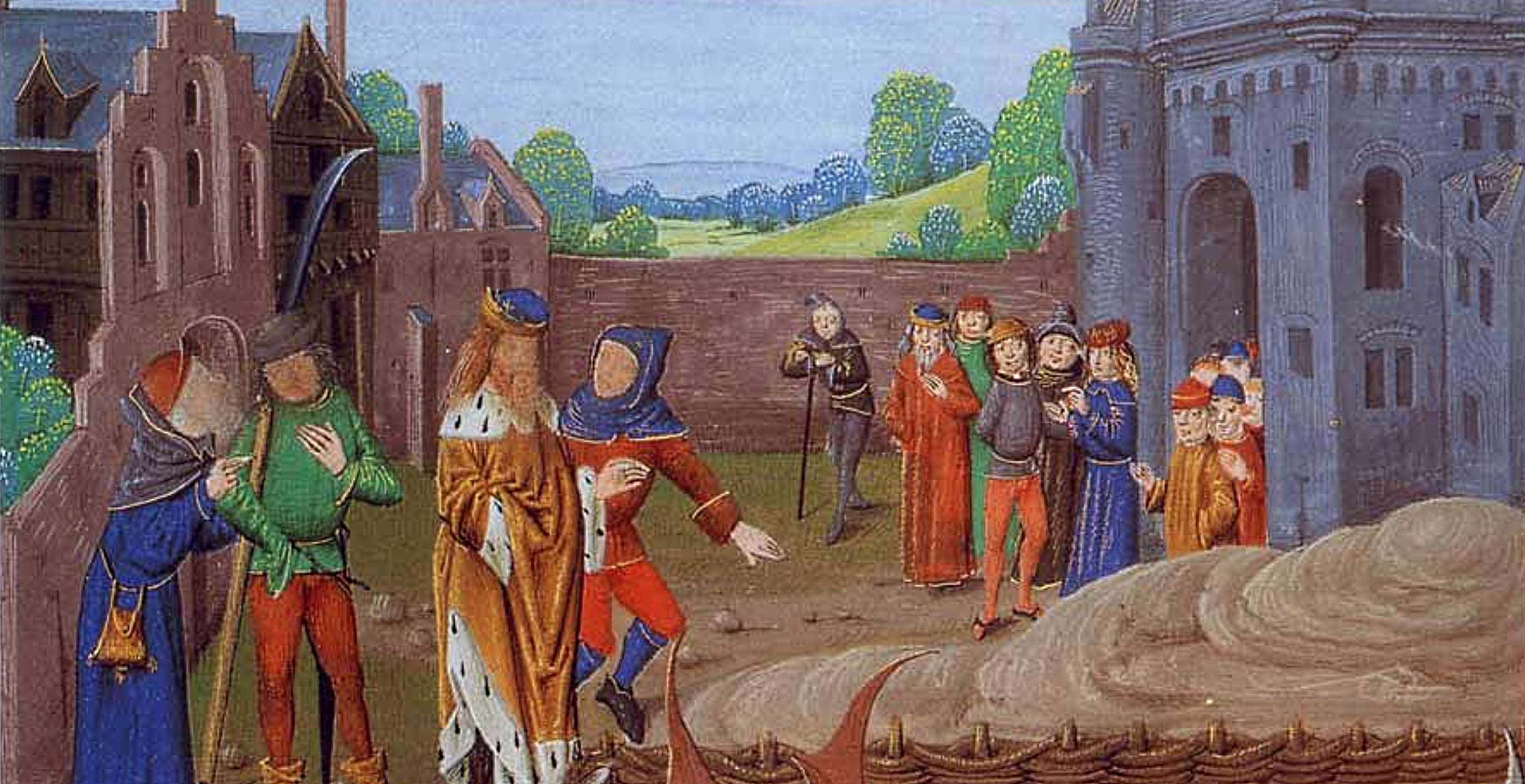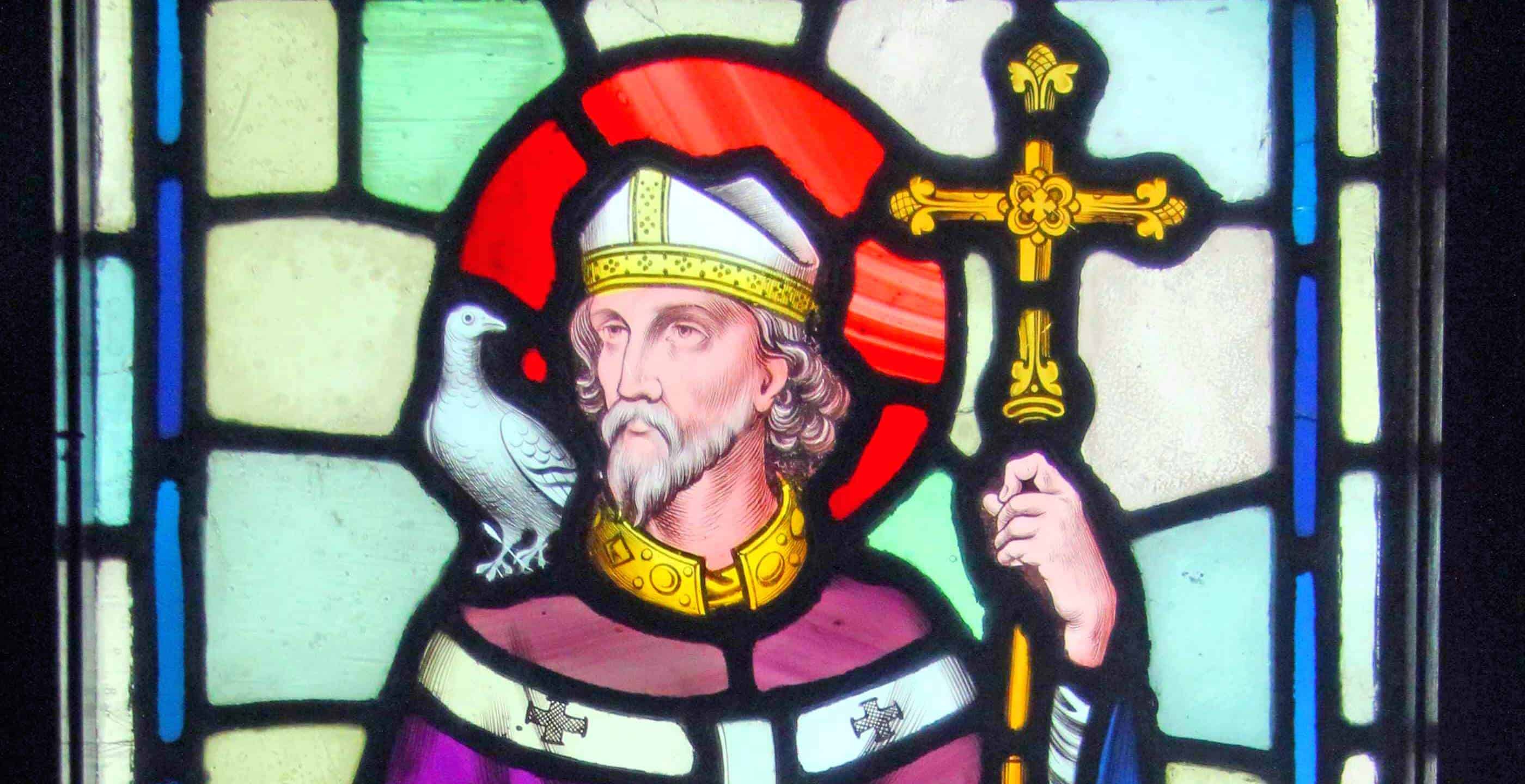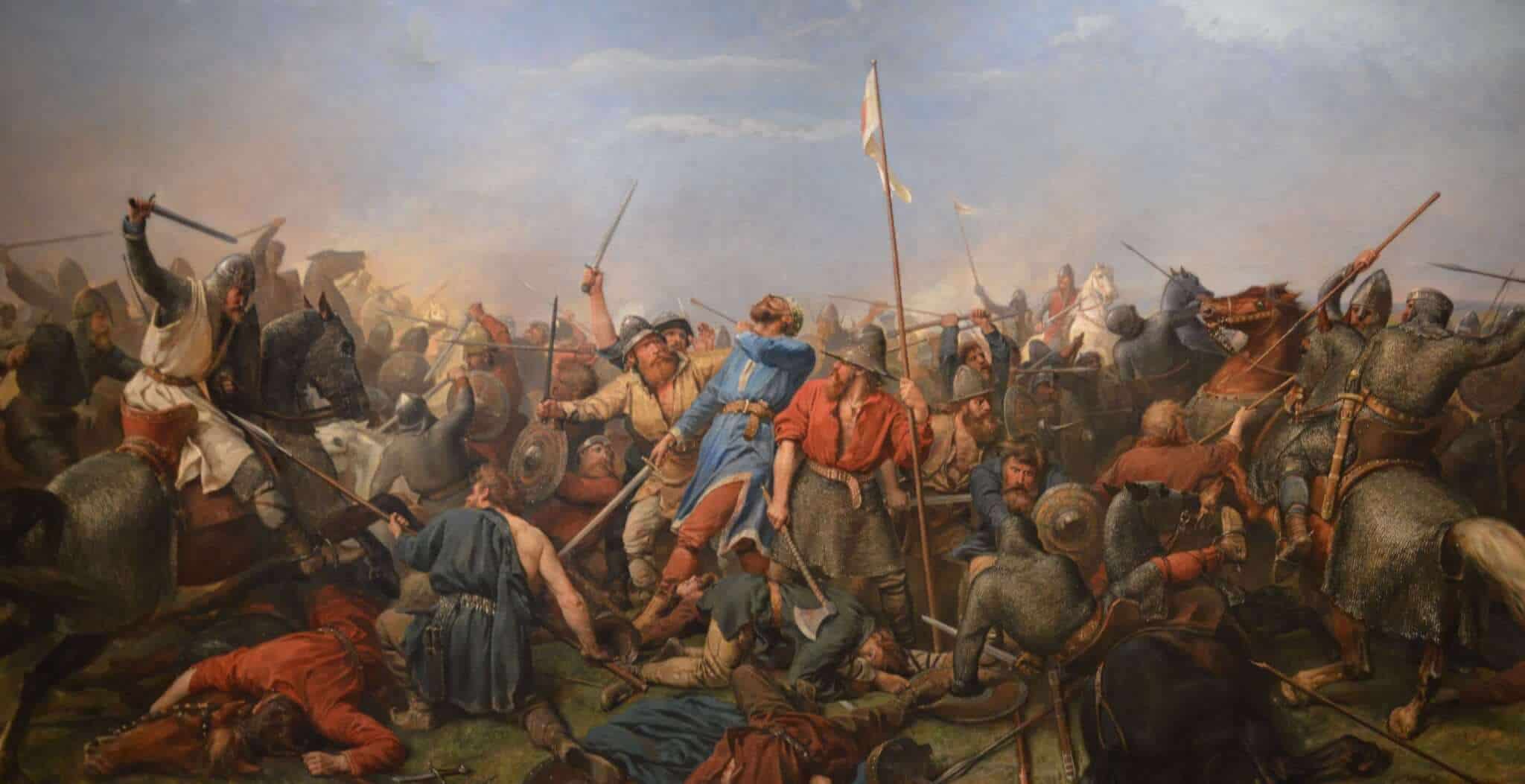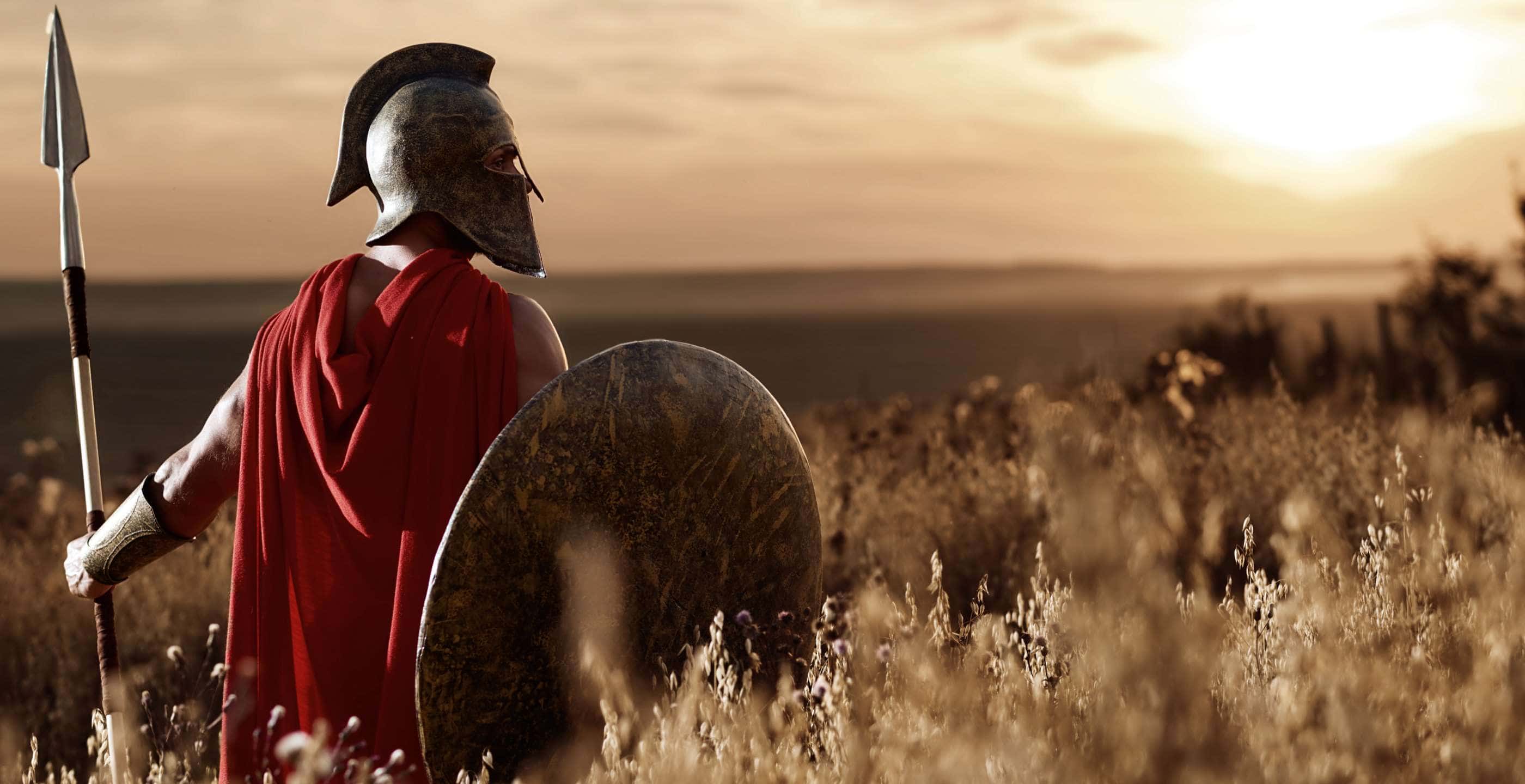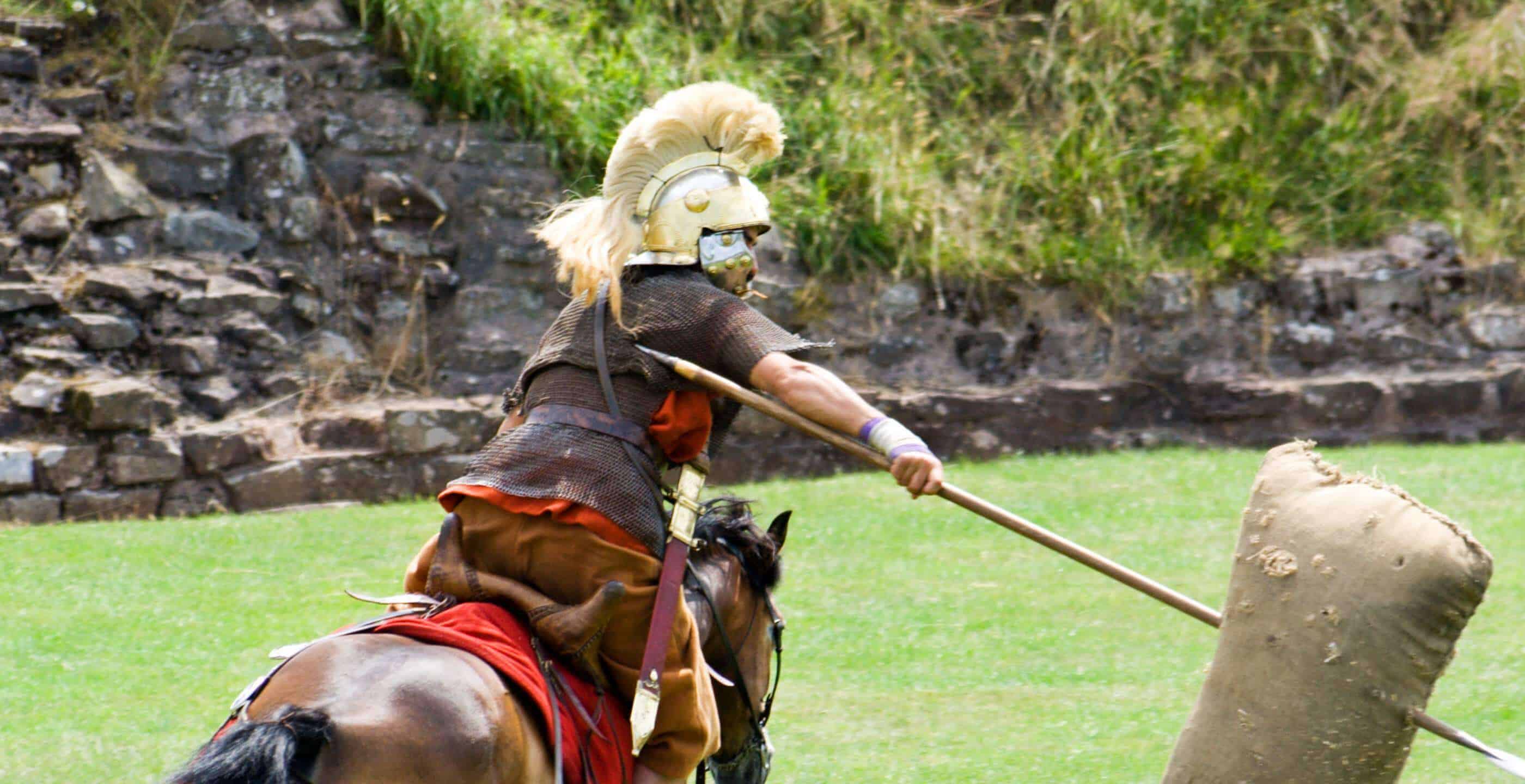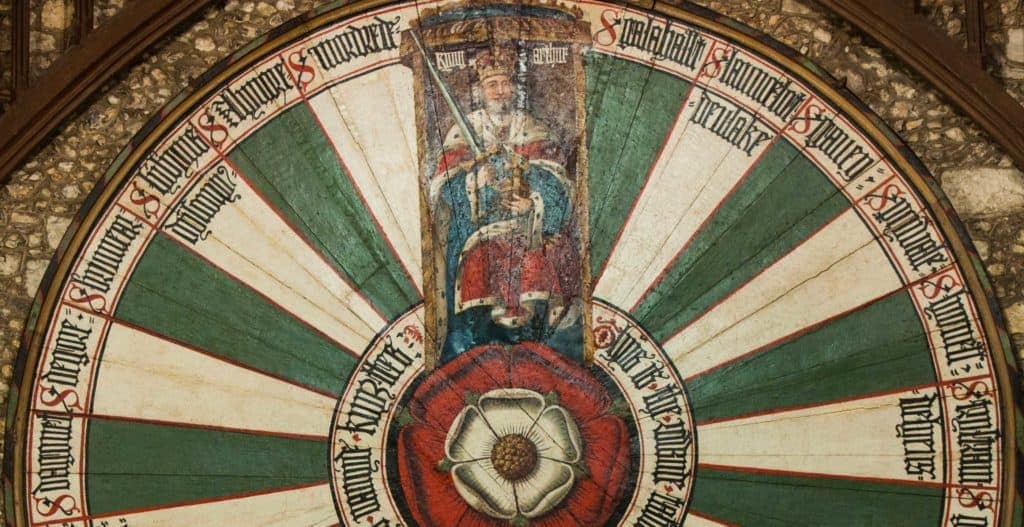The legend of King Arthur: pseudo-history or fact? His historical legitimacy has been widely disputed by historians over the centuries, debating the validity and legitimacy of the existence of the king and yet still the results are inconclusive. With the limited number of historic documents and resources available to them, and the supposed event happening over a millennium ago, many historians’ conclusions are heavily opinionated. Whether you’re a believer or not, there is no denying that the story of the Dark Ages king is one that we hold close to our hearts as proud Britons.
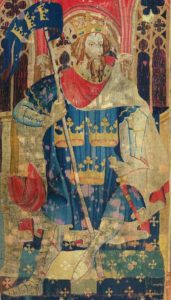
The earliest mention of a legendary British war leader comes from the only surviving contemporary source from the 6th Century, from a Welsh monk Gildas and his work, De Excidio et Conquestu Britanniae. Yet Gildas seems to make no mention of a warrior called Arthur at all. However, in his account of the battle of Mount Badon where the Saxon invaders were halted, he attributes the victory to one British leader. The only commander he mentions by name was Ambrosius Aurelianus, a Romano-Briton born in the late 5th Century who “won some battles and lost others”. It is of note though that in the text Ambrosius Aurelianus is often referred to as ‘Bear’ due to the military tunic that he wore being made from the pelt of a bear. This is interesting, as bear when translated into Celtic is ‘artos’.
The first piece of literature to mention Arthur by name is a Welsh poem named Y Gododdin, which dates from between the 7th and 11th century. In a translated version of the poem, it speaks of a warrior named Gwawrddur and says “Gwawrddur was skilled at slaying his enemies. But was no Arthur.” Albeit little evidence, this does imply that there was once an incredibly skilled warrior named Arthur who represented the gold standard of warriors. Some historians argue that Arthur was a legend fabricated from the deeds of several different people; here there is at least one historic warrior upon whom the legend could have been based.
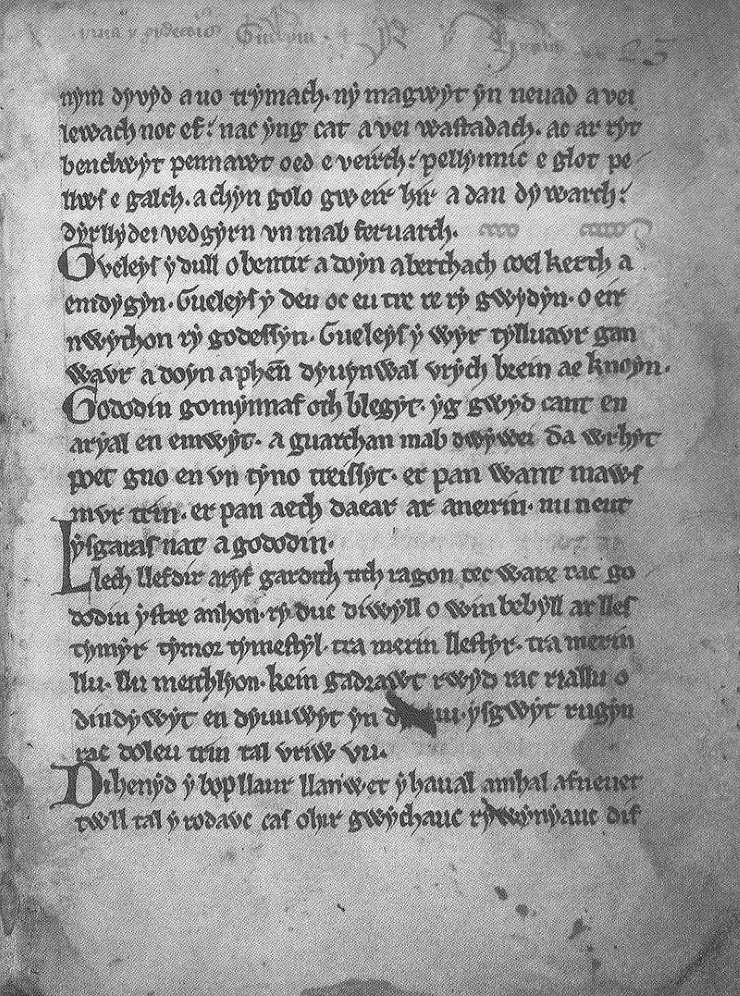
Another piece of literature that claims to be the first mention of Arthur by name is the Annales Cambriae, or the Easter Annals, a set of Welsh manuscripts. The first entry of the manuscript reads “Battle of Badon, in which Arthur carried the cross of our Lord Jesus Christ on his shoulders for three days and three nights and the Britons were victors.” However many historians dismiss this, as the Annals were compiled from diverse sources and compiled in the 12th and 13th centuries.
A work by another Welsh monk entitled Historia Brittonum, or History of the Britons, was written in the early 9th century and contains the details of 12 battles in which Arthur supposedly took part during his lifetime. The book depicts Arthur as more of a military commander than a king and says “The magnanimous Arthur, with all the kings and military force in Britain, fought against the Saxons.” The scribe continues: “he was twelve times chosen their commander, and was as often conqueror.” Also, Arthur is labelled “dux bellorum” or military commander, clearly viewing him more as a military leader than a ruler. The main issue with this book is that the locations named, in some cases, do not share their names with places that currently exist, for example the River Gleni, the River Duglas in the region of Linius, and the River Bassas. Also, the mighty Arthur is said not only to have survived these 12 battles but elaborates: “nine hundred and forty fell by his hand alone” at the battle of Mount Badon. The account comes across as a work of fiction rather than fact.
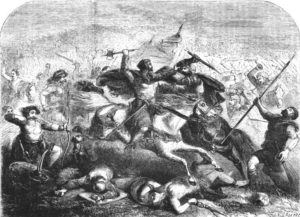
The most famous depiction of Arthurian legend comes from a book written by the famed Geoffrey of Monmouth, a Celtic cleric in the middle ages, titled Historia Regum Britanniae, or The History of the Kings of Britain. In this work Geoffrey sets out most of the Arthurian legend that we know in the modern era. As well as Arthur, other characters are introduced here, such as Lancelot, Merlin and Guinevere. It also touches on the famed castle and stronghold of the king, Camelot, and attributes other feats of victory in battle to this supposed king. However the original story by Geoffrey diverges a little from modern legend. While the Arthur known today wields Excalibur and rules from Camelot, Geoffrey’s Arthur ruled from Caerleon and wielded Caliburnus.
This story is widely considered by historians to be somewhat historical and somewhat fictional, created from an array of sources consisting of Latin and Celtic literature, to the point where it’s hard to distinguish fact from fiction.
So was Arthur a real person? There is little concrete evidence, historians have differing theories, and so it appears we may never know for certain.
By Aidan Stubbs. I’m a sixth-form student with a keen interest in history, particularly the legend of King Arthur.
